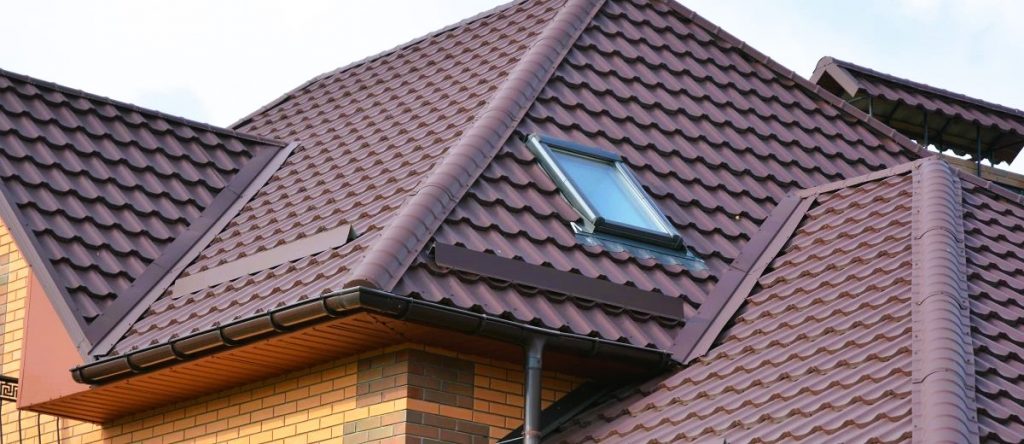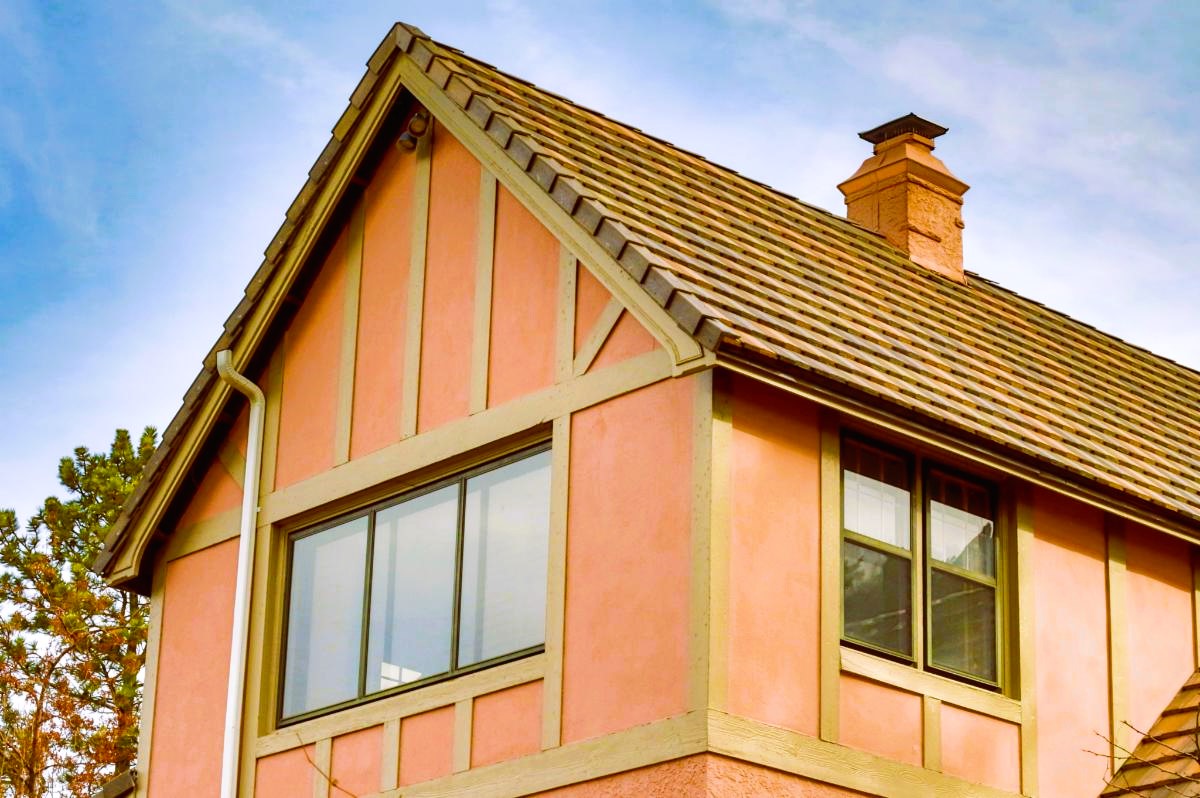Your roof is one of the most important components of your home or building, providing protection against the elements and enhancing its overall aesthetic appeal. Choosing the right roofing material is crucial to ensure longevity, energy efficiency, and durability. This article will guide you through the process of selecting the right roofing material for your home or building.
Types of Roofing Materials
There are several types of roofing materials to choose from, including asphalt shingles, metal roofing, clay and concrete tiles, and slate. Each material has its own advantages and disadvantages, and the right choice depends on factors such as cost, durability, maintenance, and aesthetics.
Asphalt shingles are a popular choice due to their affordability, easy installation, and wide range of styles and colors. Metal roofing is durable, energy-efficient, and long-lasting, but can be more expensive than other materials. Clay and concrete tiles are known for their natural beauty and insulation properties, but can be heavy and require specialized installation. Slate roofing is a premium material with a long lifespan and low maintenance requirements, but can also be expensive.

Consider Your Climate
Your climate is an important factor in choosing the right roofing material. Areas with high wind or heavy rainfall may require more durable materials such as metal roofing, while those in hot, sunny climates may benefit from light-colored roofing materials that reflect heat and reduce energy costs. Selection, installation and quality assurance: a guide for you.
Energy Efficiency
Energy efficiency is another important consideration when selecting a roofing material. Light-colored roofing materials such as metal, tile, and shingle reflect heat and help keep your home or building cooler, reducing the need for air conditioning and lowering energy costs.
Installation
Proper installation is crucial to the performance and longevity of your roof. Hire a professional roofing contractor with experience in the installation of your chosen material. They will ensure that the roof is properly installed with the right flashing and ventilation to prevent leaks and reduce heat transfer.
Maintenance and Repair
Finally, consider the maintenance and repair requirements of your chosen roofing material. Some materials, such as asphalt shingles, require more frequent maintenance and repair than others, such as metal or slate roofing. Choose a material that fits your budget and maintenance capabilities.

Conclusion
In summary, selecting the right roofing material requires careful consideration of factors such as cost, durability, maintenance, aesthetics, and energy efficiency. Consider your climate, hire a professional roofing contractor for proper installation, and choose a material that fits your budget and maintenance needs. By choosing the right roofing material, you can ensure the longevity and performance of your home or building’s roof, providing protection and enhancing its overall aesthetic appeal.


